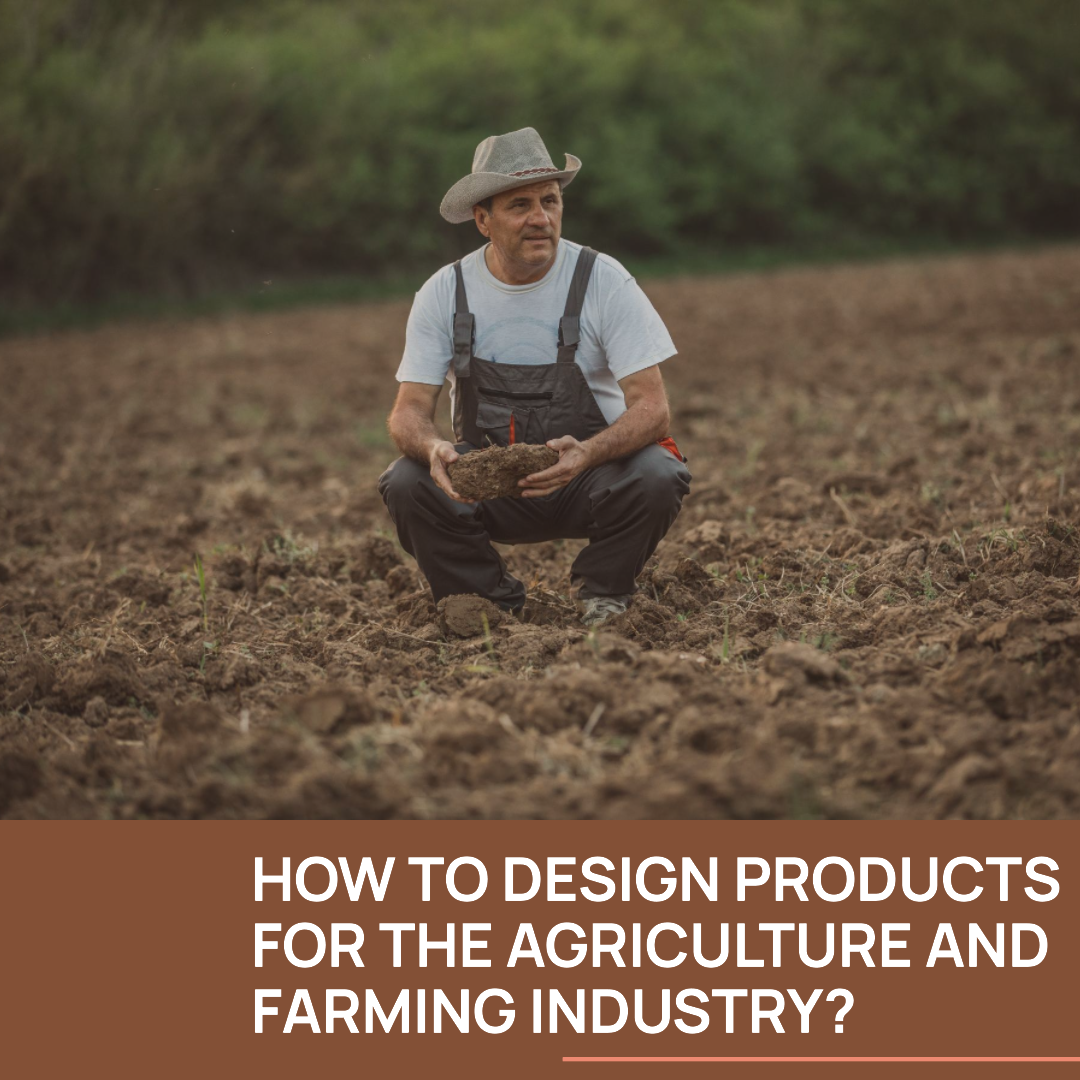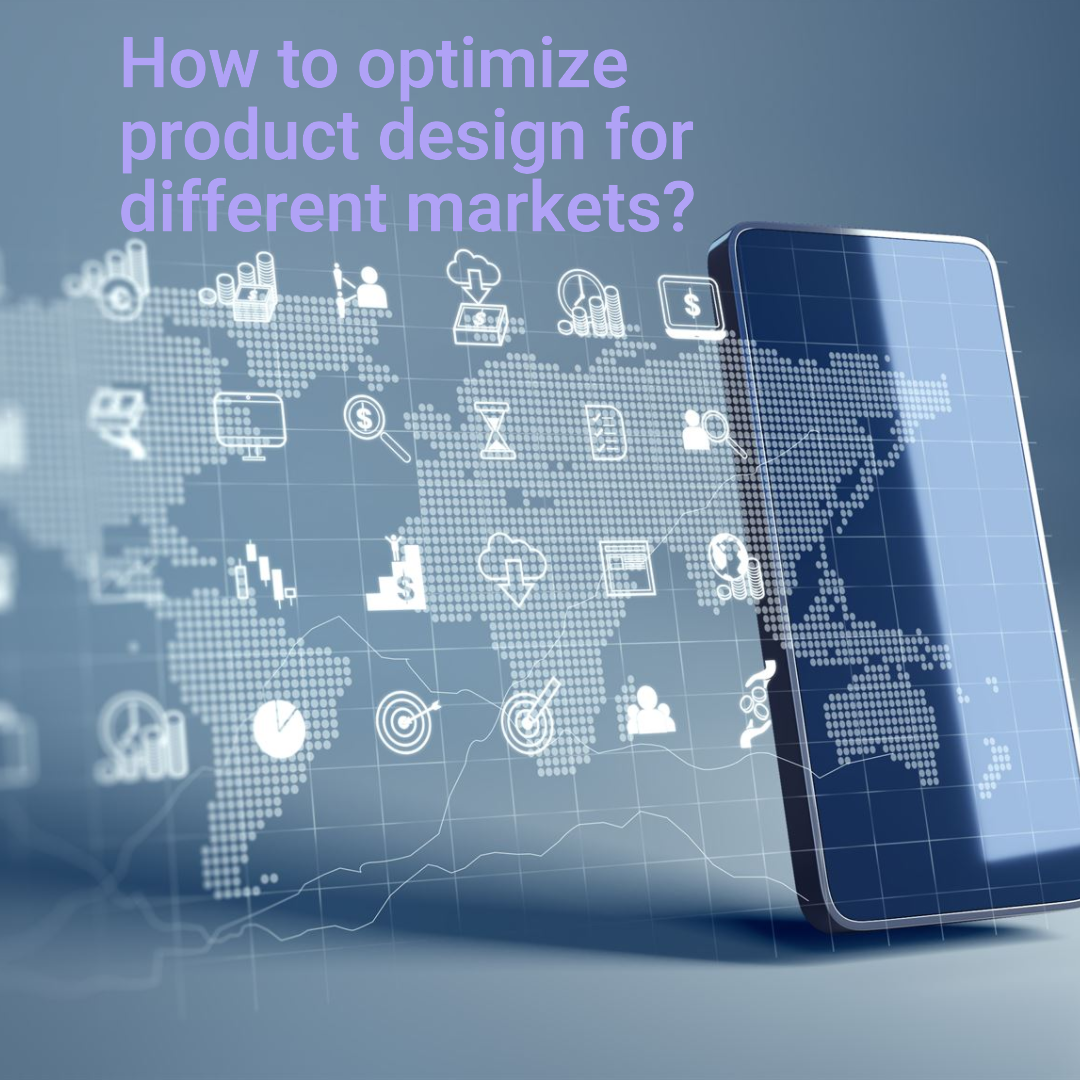How to design products for the agriculture and farming industry?
The agriculture and farming industry is essential to our survival, providing us with the food we eat and the fibers we use to make clothing and other products. However, the agricultural industry is also facing a number of challenges, such as climate change, increasing populations, and limited resources.
To meet these challenges, the agricultural industry needs new and innovative products that can help farmers produce more food with fewer resources. Product designers can play a vital role in developing these products by understanding the unique needs of farmers and designing products that are both effective and affordable.
Key principles of product design for the agriculture and farming industry
Here are some of the key principles of product design for the agriculture and farming industry:
- Focus on the needs of farmers. When designing a product for the agriculture and farming industry, it is important to focus on the needs of farmers. What are their biggest challenges? What tasks do they need to complete? How can you make their jobs easier?
- Design for durability and reliability. Farm equipment and machinery are often used in harsh conditions, so it is important to design products that are durable and reliable. Products should be able to withstand exposure to the elements, dirt, and chemicals.
- Make the product easy to use and maintain. Farm equipment and machinery should be easy to use and maintain. This will save farmers time and money.
- Consider the cost of the product. Farm equipment and machinery can be expensive, so it is important to design products that are affordable for farmers.
- Design for sustainability. The agriculture and farming industry needs to be sustainable in order to meet the needs of future generations. When designing a product for the agriculture and farming industry, consider the environmental impact of the product. Can the product be made from recycled materials? Can it be designed to reduce waste or energy consumption?
Examples of well-designed products for the agriculture and farming industry
Here are a few examples of well-designed products for the agriculture and farming industry:
- Drip irrigation systems: Drip irrigation systems deliver water directly to the roots of plants, which helps to save water and reduce fertilizer runoff.
- Precision agriculture technologies: Precision agriculture technologies, such as GPS-guided tractors and crop sensors, help farmers to apply fertilizer and pesticides more precisely, which can reduce costs and improve yields.
- Vertical farming systems: Vertical farming systems allow farmers to grow crops in stacked layers, which can save land and water.
- Robotic harvesters: Robotic harvesters can harvest crops more efficiently than human workers, which can help farmers to reduce costs and improve profits.
Tips for designing products for the agriculture and farming industry
Here are a few tips for designing products for the agriculture and farming industry:
- Partner with farmers. One of the best ways to understand the needs of farmers is to partner with them. Work with farmers to identify their biggest challenges and to test your product prototypes.
- Use technology to your advantage. Technology can help you to design more efficient and effective products for the agriculture and farming industry. For example, you can use computer-aided design (CAD) software to create 3D models of your products, and you can use simulation software to test your products before you build them.
- Consider the entire product lifecycle. When designing a product for the agriculture and farming industry, it is important to consider the entire product lifecycle, from manufacturing and use to disposal and recycling. Design products that are made from sustainable materials and that can be recycled or reused.
Conclusion
Designing products for the agriculture and farming industry can be challenging, but it is also rewarding. By following the key principles and tips discussed in this blog article, you can create products that help farmers to produce more food with fewer resources and that contribute to a more sustainable future.








